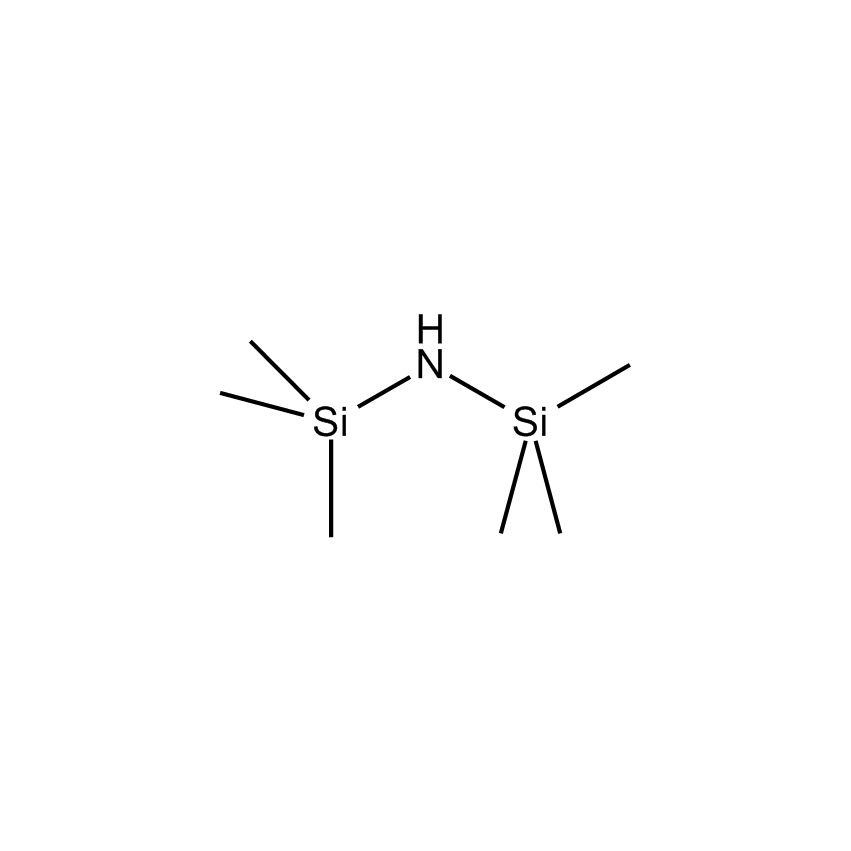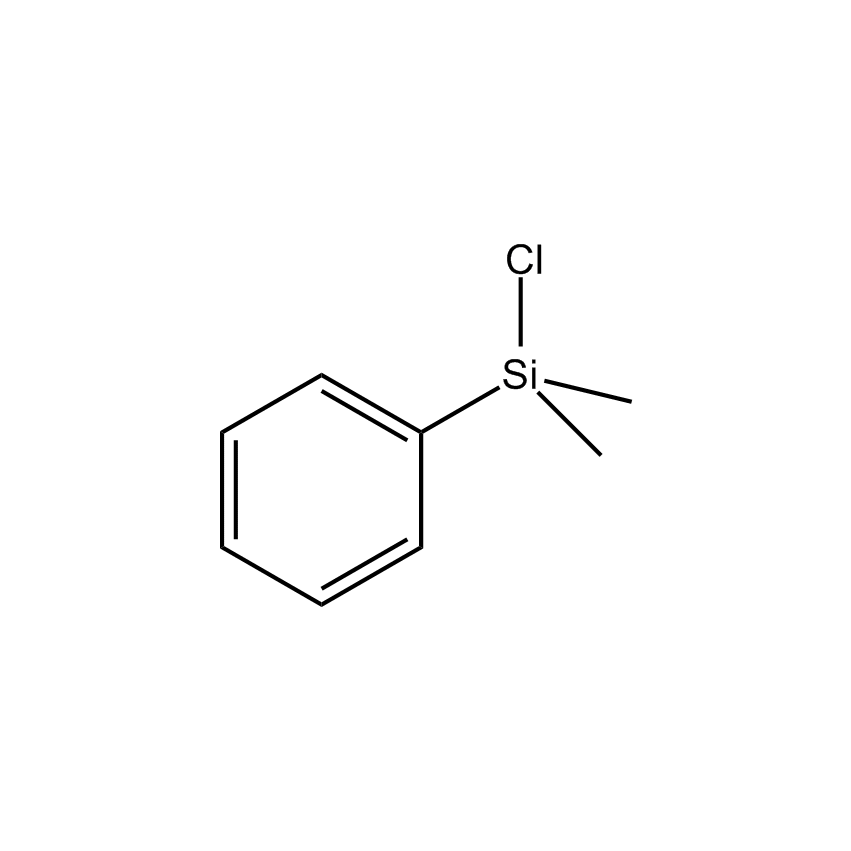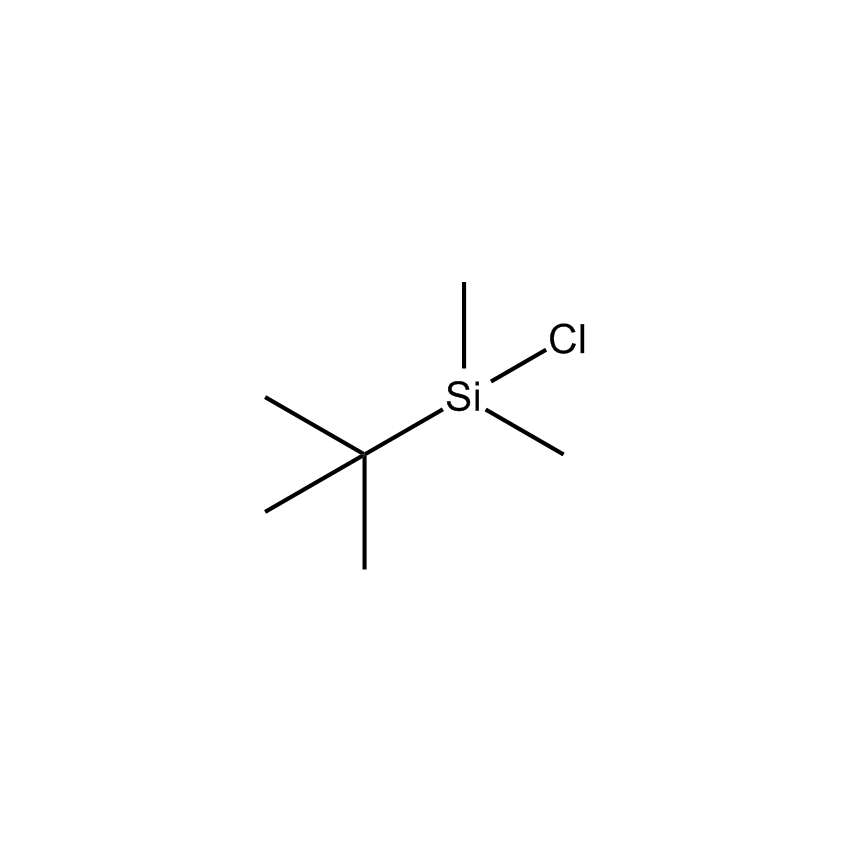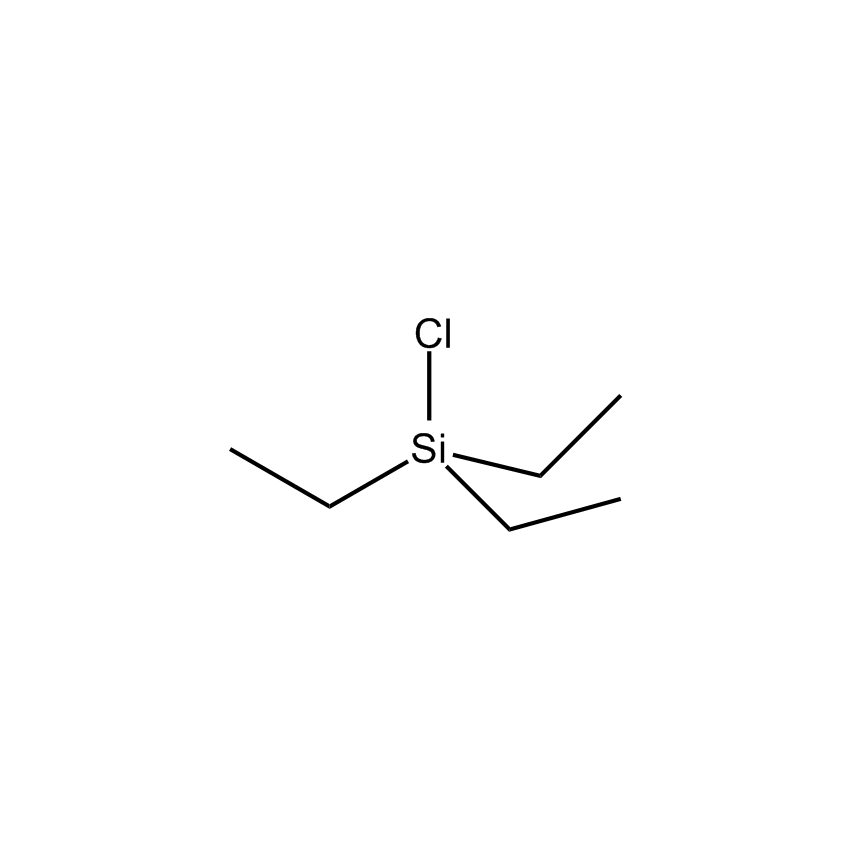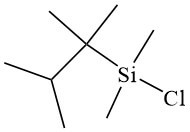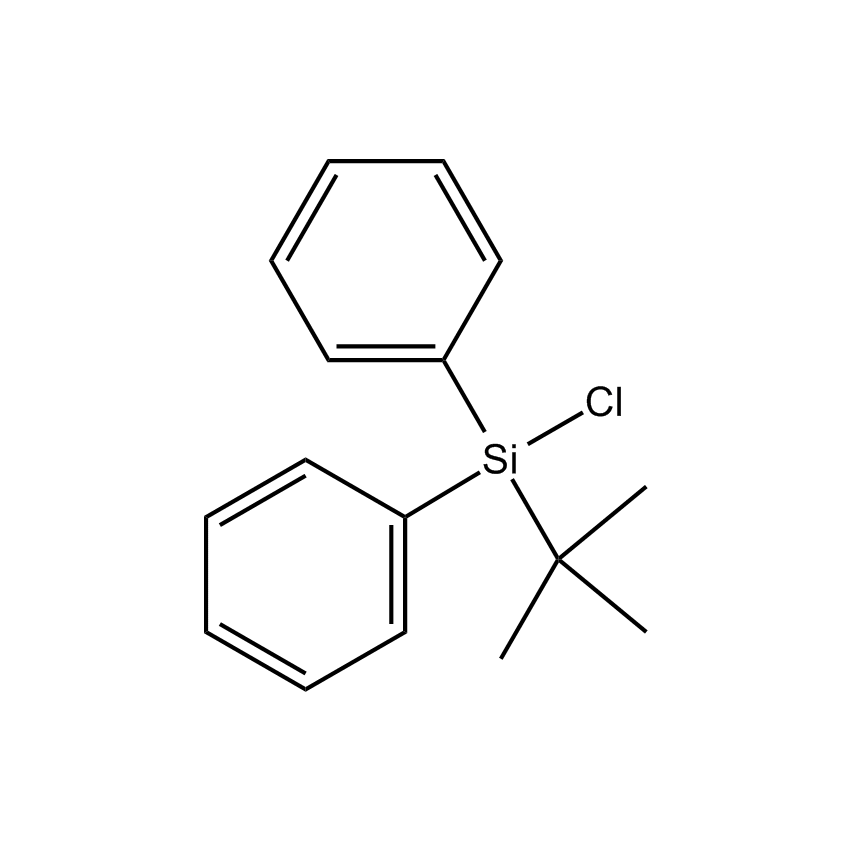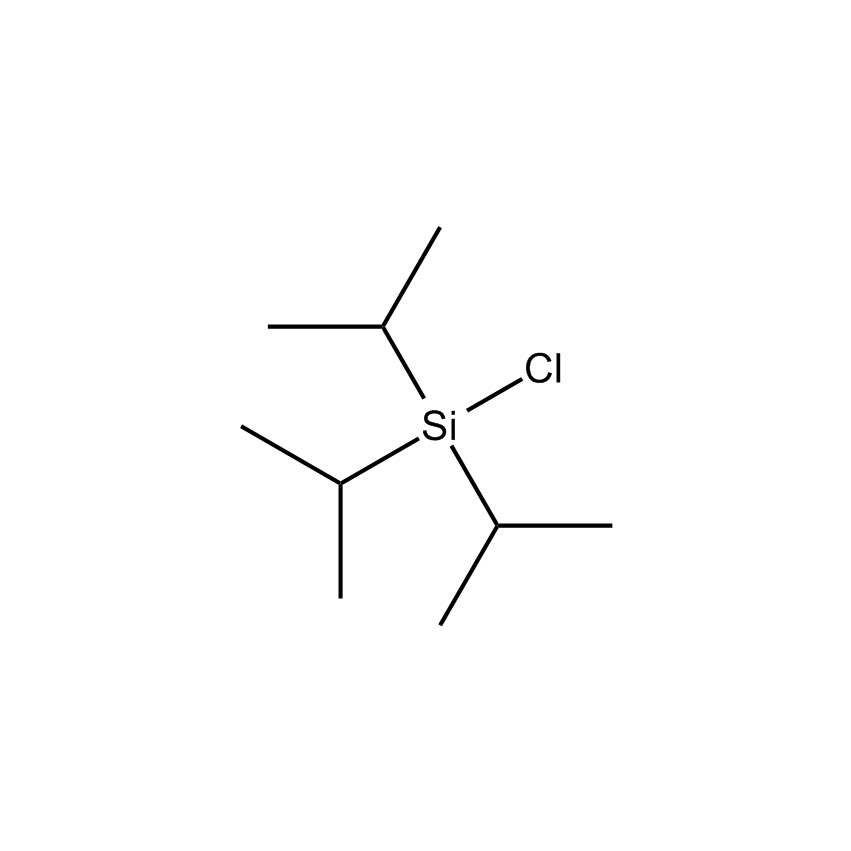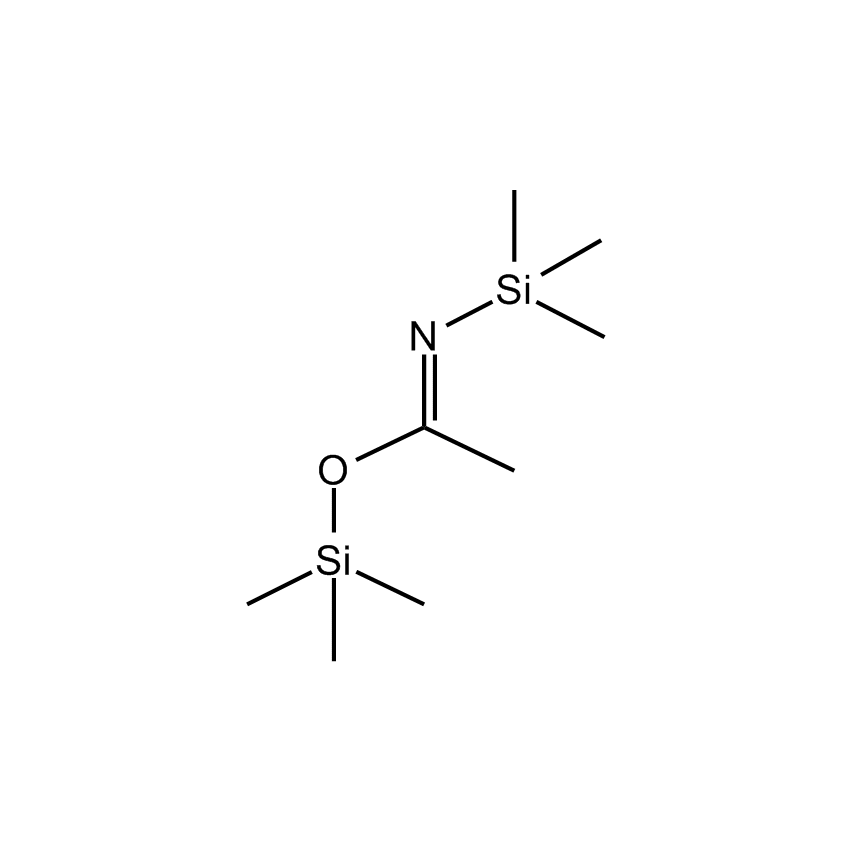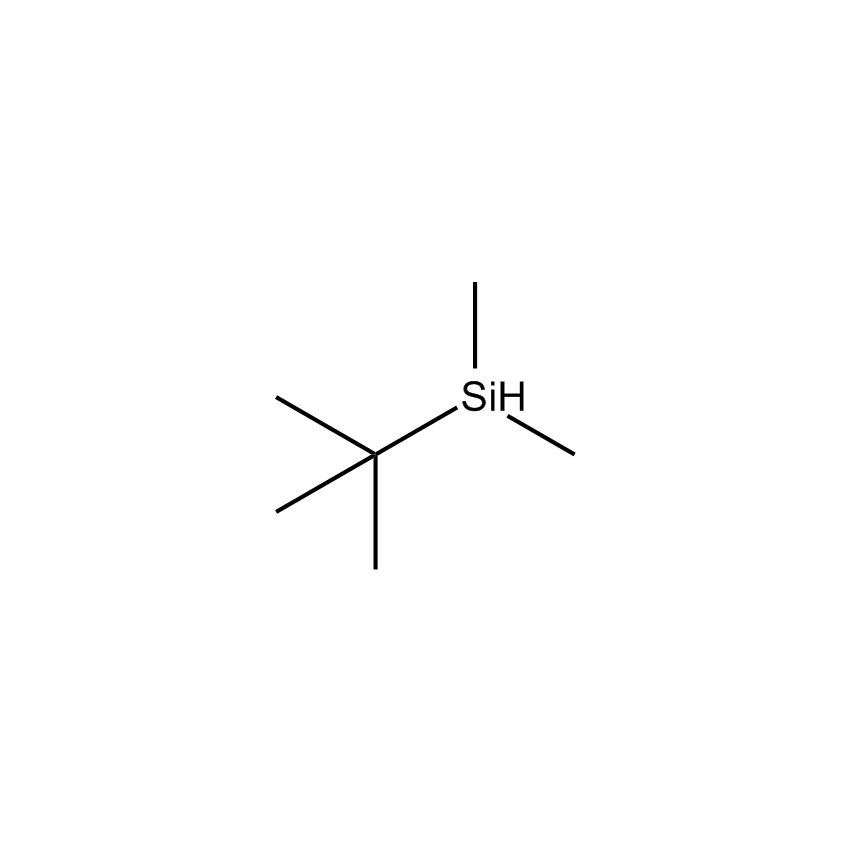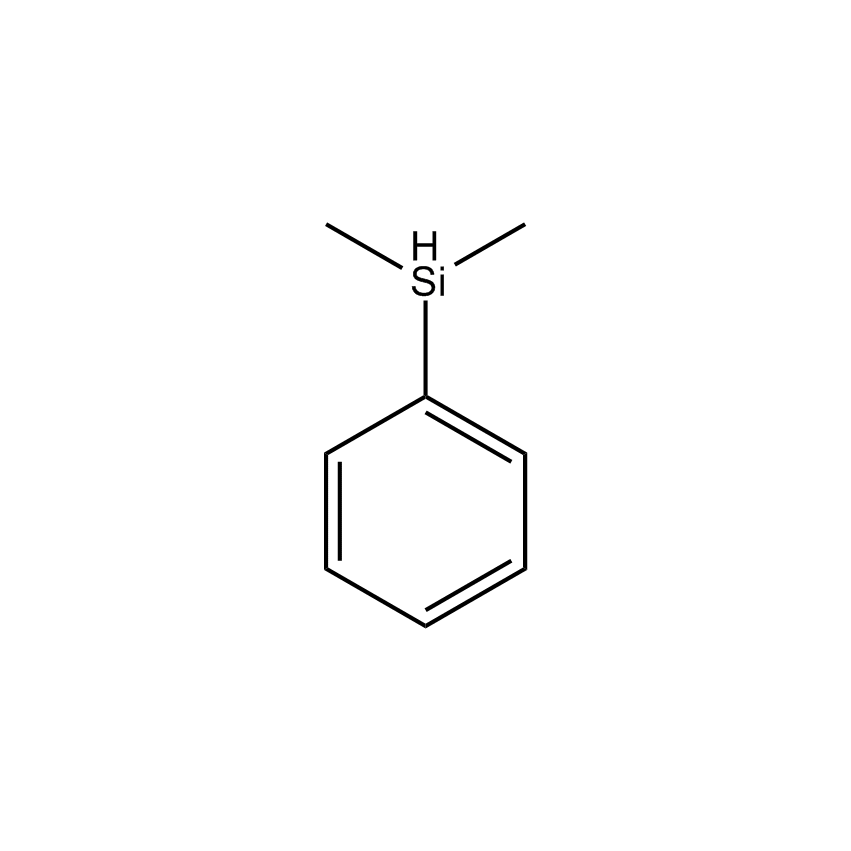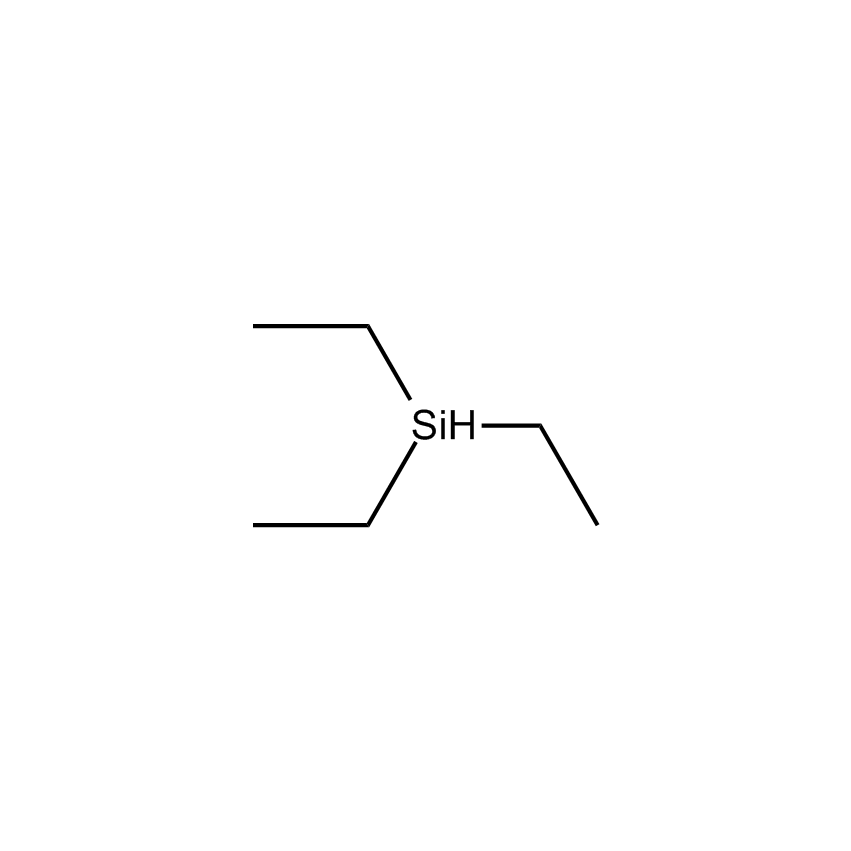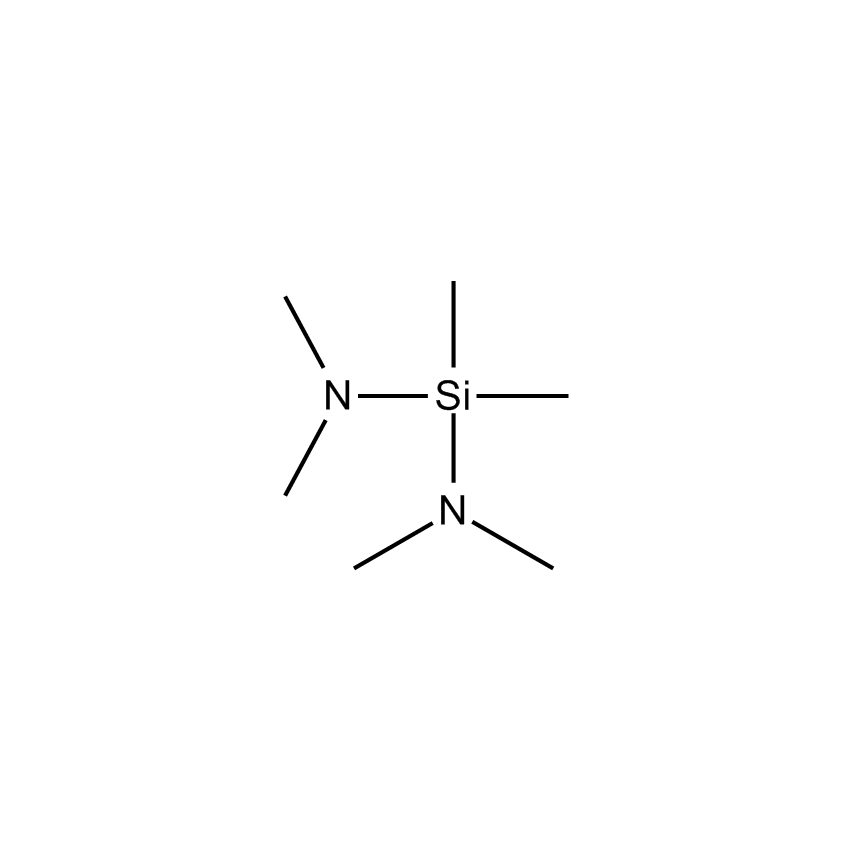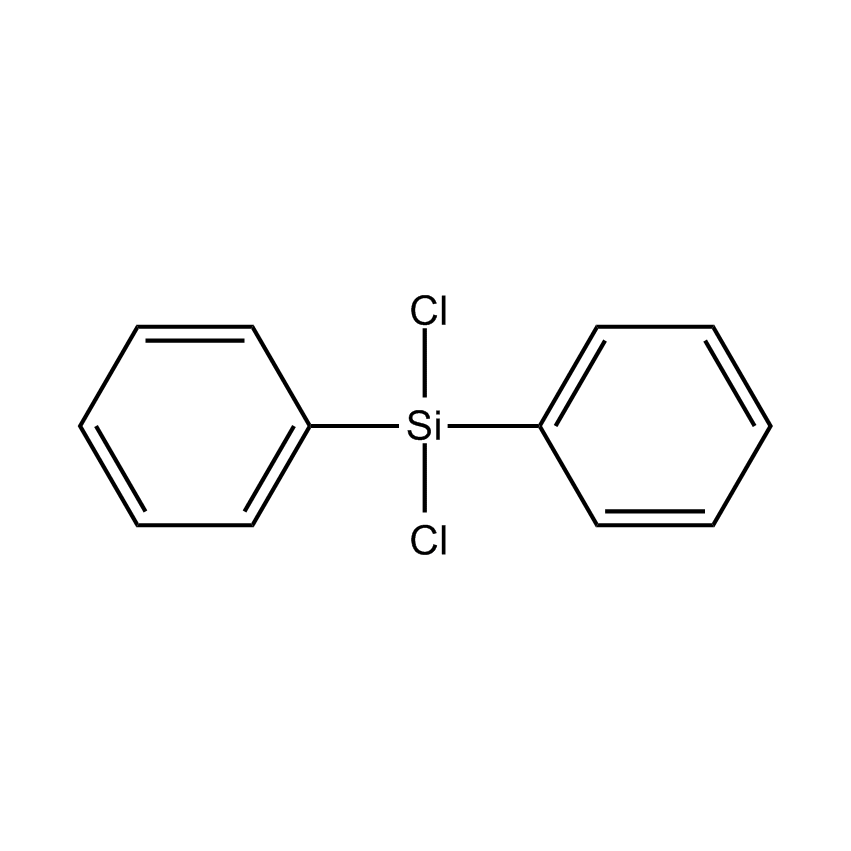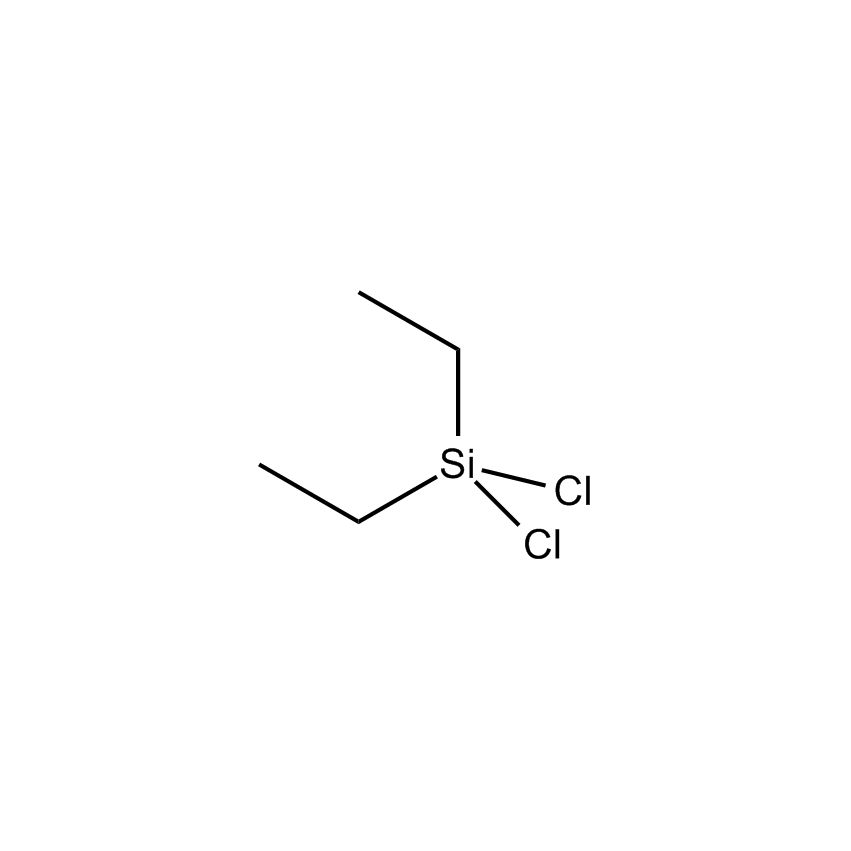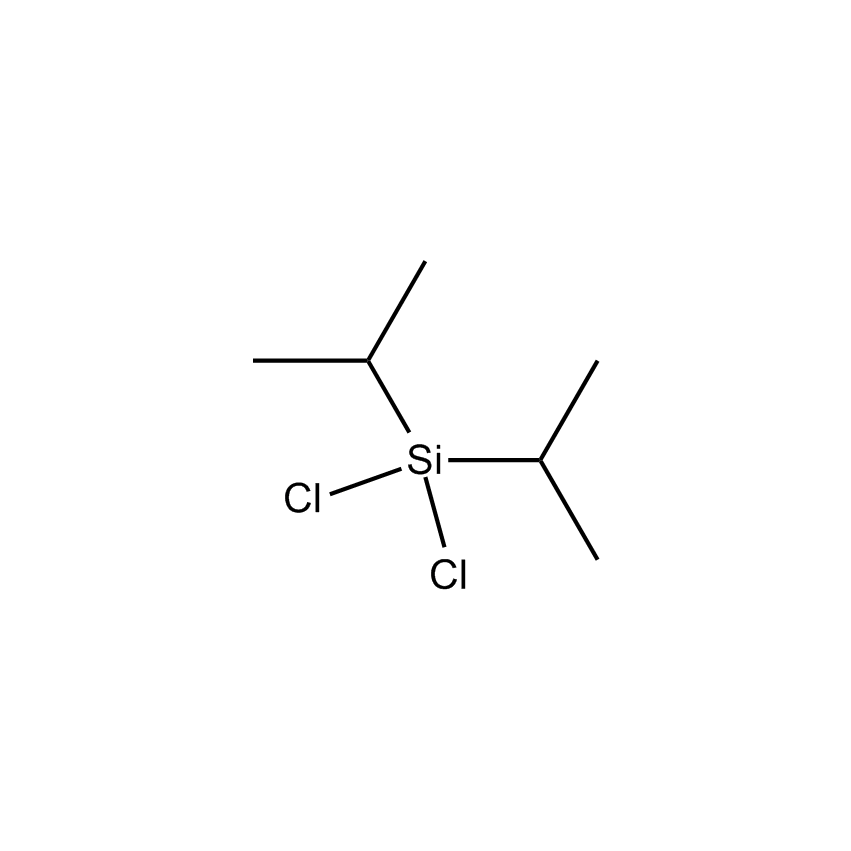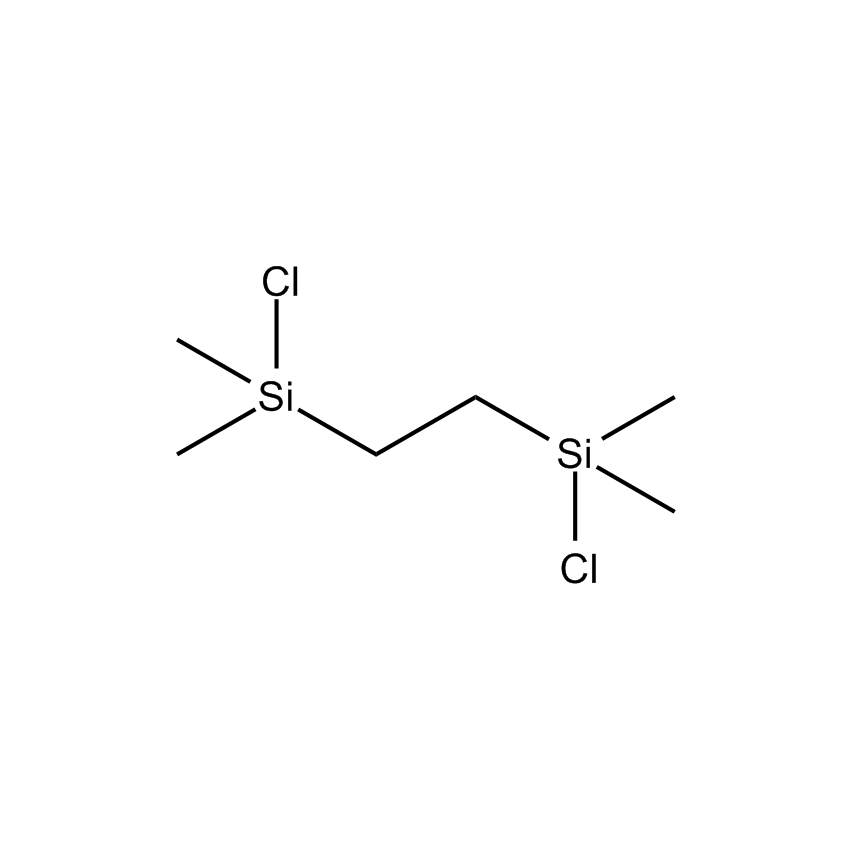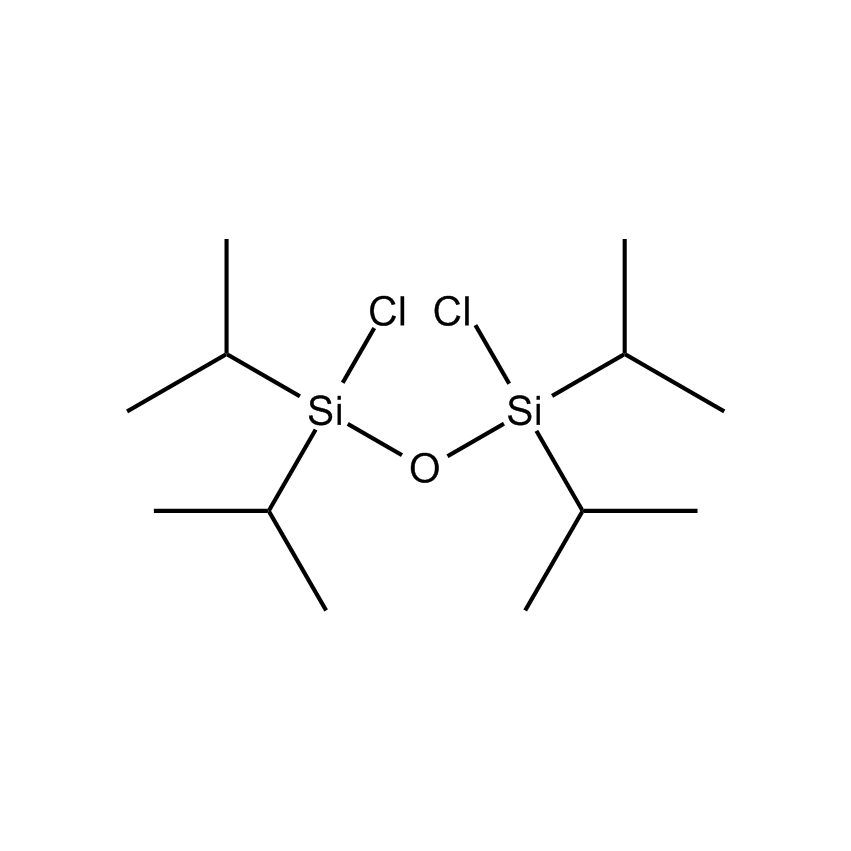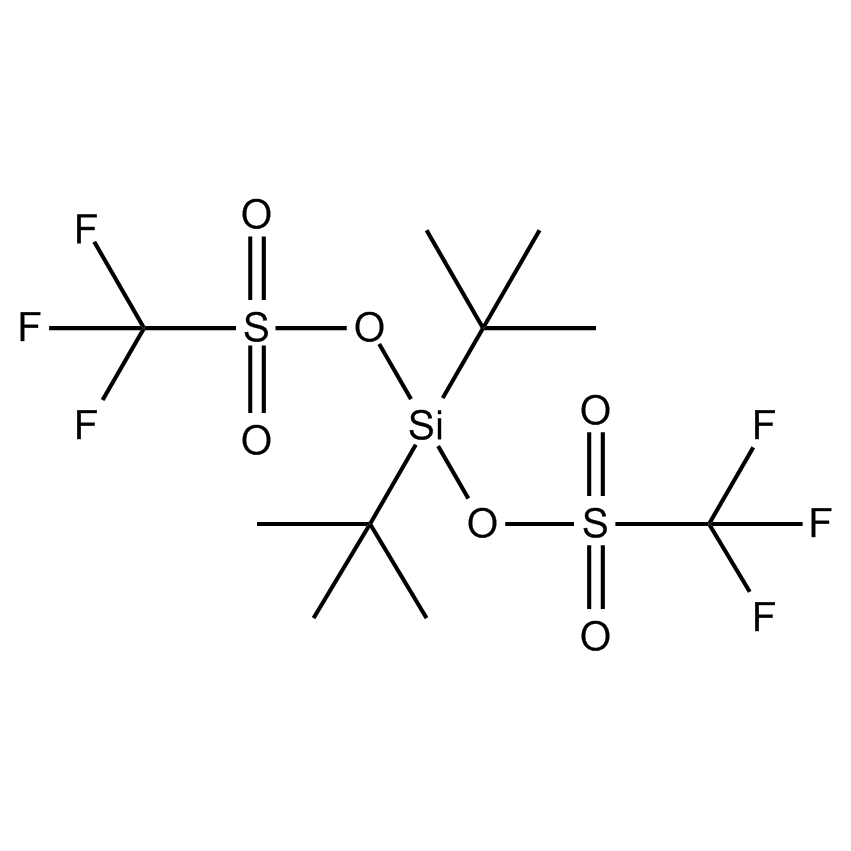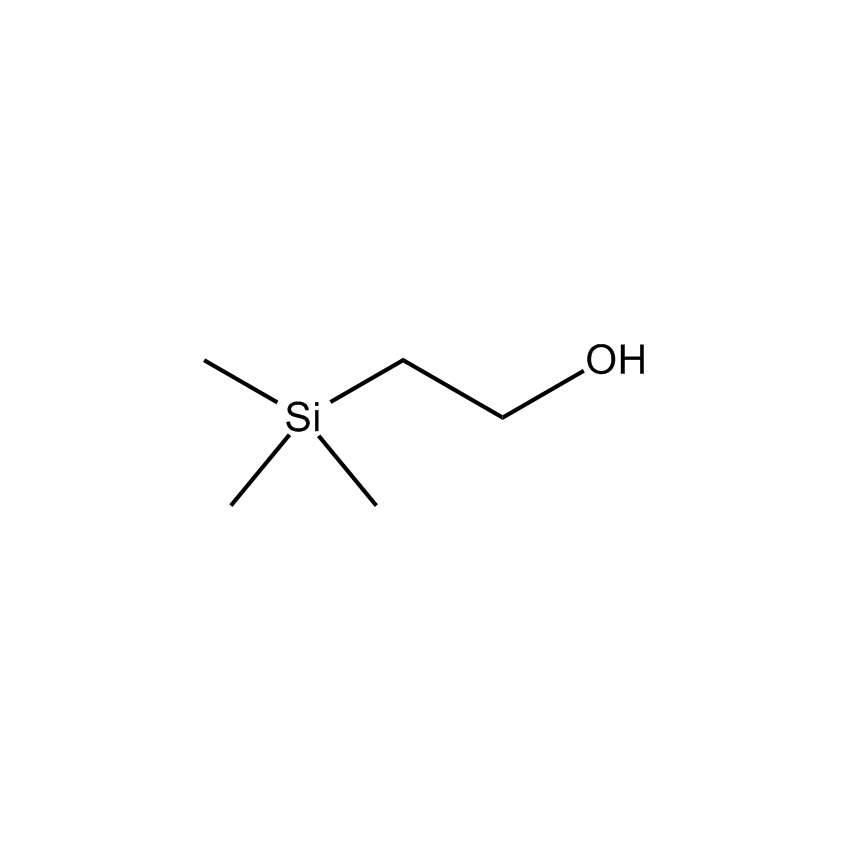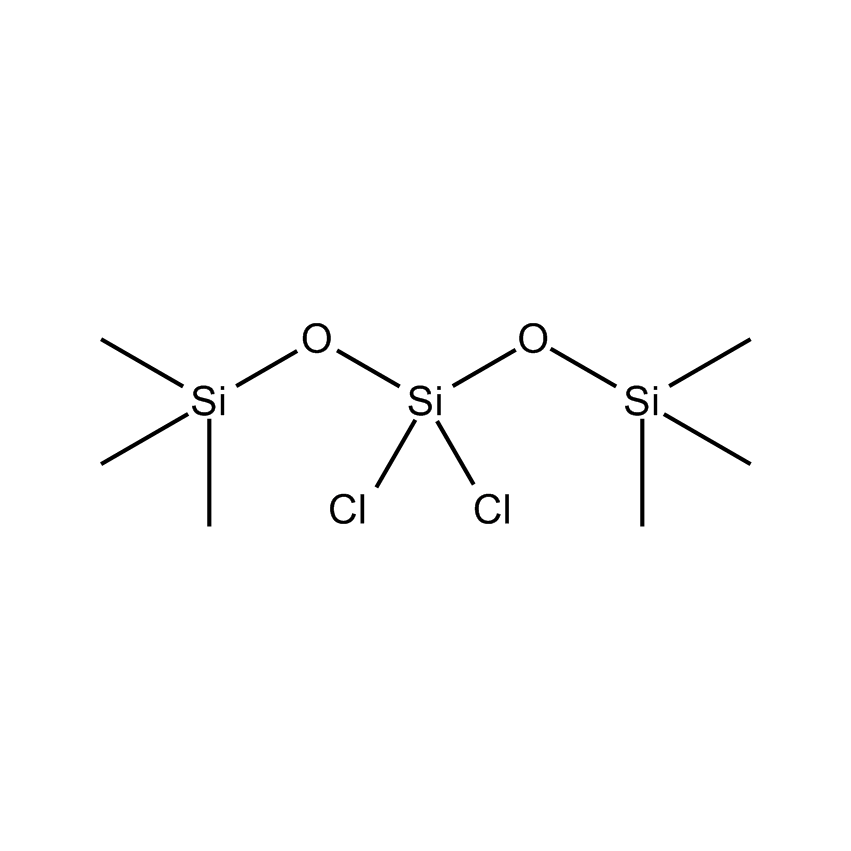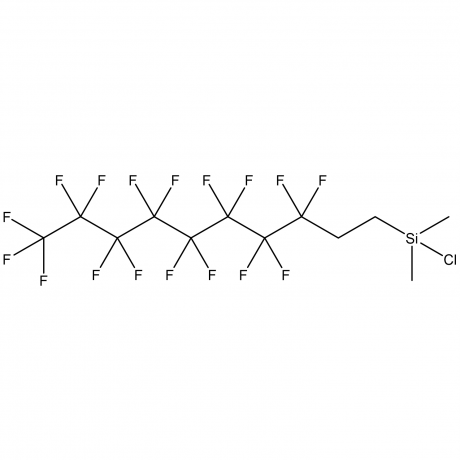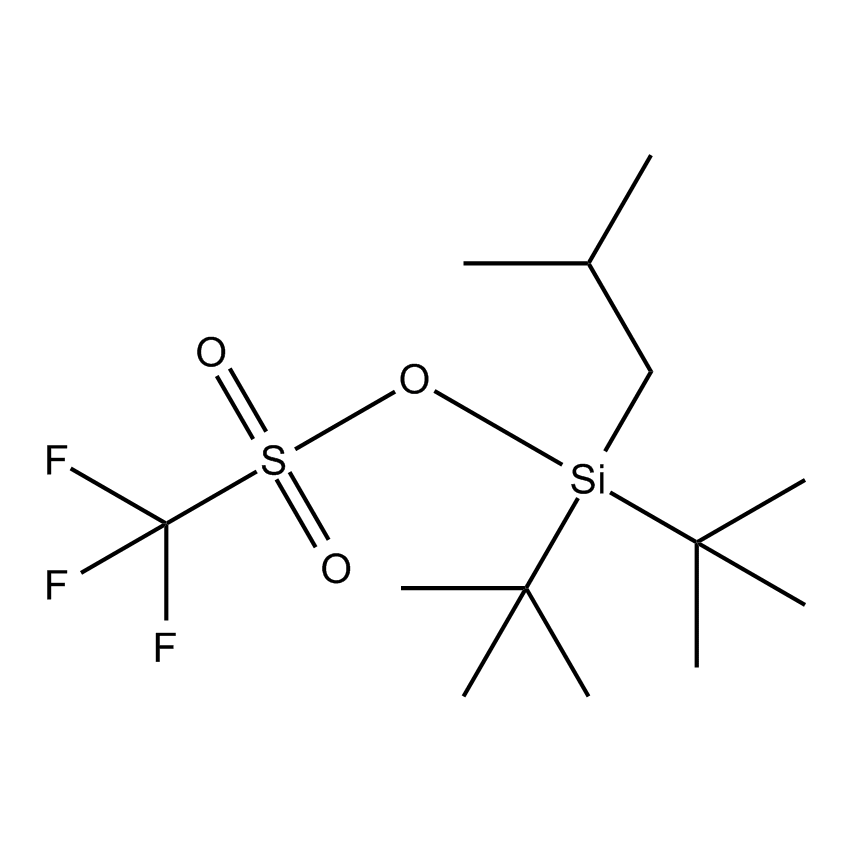The use of organosilanes to replace and thus protect groups with active hydrogens (primarily alcohols, amines, thiols, and carboxylic acids) has been employed in synthetic strategies for many years.
Key advantages behind the use of organosilanes for the protection of functional organic groups are the ability of being able to add and remove the silyl protecting group in high yields. One can choose from an extensive variety of silicon-based protecting groups to fit one’s needs. The differences in the various protecting groups are based on both electronic and steric factors with steric factors being the most often employed. Significantly, synthetic chemists are now able to selectively remove one silyl protecting group in the presence of another, second silyl protecting group. Difunctional silyl protecting groups are excellent in applications where diols are to be protected, thus offering a superior alternative to previous acetonide protection protocols.
